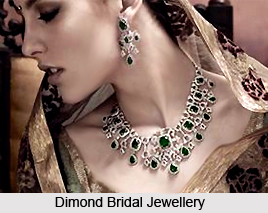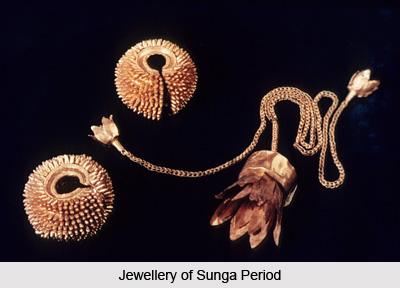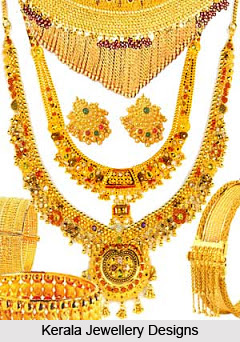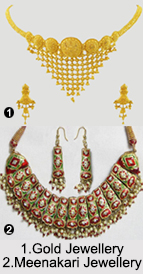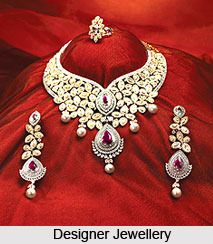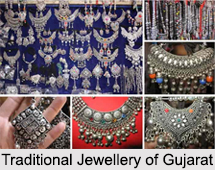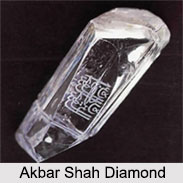 Akbar Shah Diamond is a diamond dating back to the Mughal dynasty of India. It is an asymmetrical, pear-shaped diamond with a light green shade, weighing of 73.60 carat. It is a famous diamond of the early 17th century related with the great Mughal Emperor Akbar the Great and his descendants Jahangir Shah and Shah Jahan. The diamond gets its name from Emperor Akbar, whose name is engraved on the diamond in Arabic.
Akbar Shah Diamond is a diamond dating back to the Mughal dynasty of India. It is an asymmetrical, pear-shaped diamond with a light green shade, weighing of 73.60 carat. It is a famous diamond of the early 17th century related with the great Mughal Emperor Akbar the Great and his descendants Jahangir Shah and Shah Jahan. The diamond gets its name from Emperor Akbar, whose name is engraved on the diamond in Arabic.
History of Akbar Shah Diamond
In reconstructing the story of the historic Akbar Shah diamond, these scrupulously registered volumes have been especially proved to be valuable. This fabulous gem is said to have borne two writings in Persian. It is said by some historians that this famous gem was set as one of the eyes of the peacock in the astonishing Peacock Throne. On the other hand, other scholars said the prospect of it being the incredible diamonds surrounded by emeralds and rubies, hanging opposite to the throne. The throne was lost on its way back to Iran in a battle with "Kurds", who broke it up for the significance of the metal and stones.
Eventually the Akbar Shah diamond reappeared in Turkey, where it had been given the fresh name "`Shepherd"s Stone". Then it was purchased in 1866 in Istanbul by London merchant George Blogg, who made to order Levi Moses Auerhaan to re-cut it into a drop-shape. The stone, which had originally weighed 120 Arabic carats, had been decreased to 73.60 metric carats. In the next year, the diamond was purchased by Malhar Rao Gaekwad of Baroda, India.
In 1926, the new ruler of Baroda, Sayaji Rao Gaekwad III, had reset the stone in platinum, along with the rest of his jewellery collection. The new metal was fitting more fashionable than gold. Later his wife, Shanta Devi, also mentioned the diamond in her wealth tax returns. It is suspicious whether the stone is still in the family"s ownership or has been sold.
This article is a stub. You can enrich by adding more information to it. Send your Write Up tocontent@indianetzone.com


